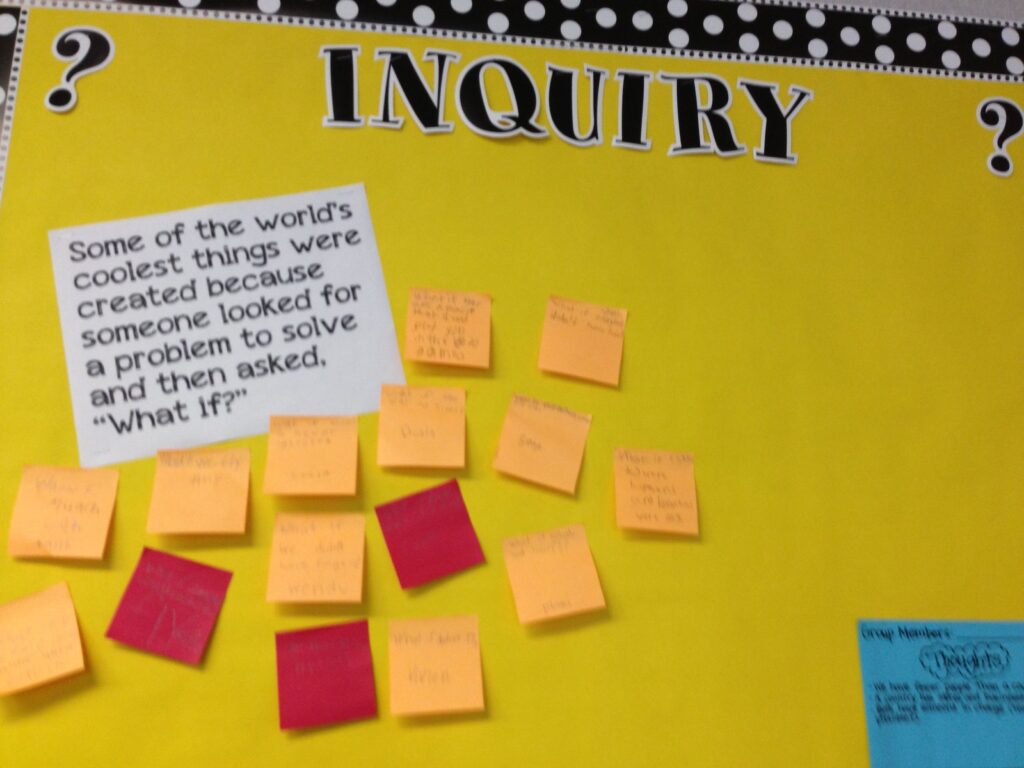In the ever-evolving landscape of education, preparing our students for the challenges and opportunities of the 21st century has become an imperative task. At the forefront of this educational revolution is STEM (Science, Technology, Engineering, and Mathematics) education, which equips students with the skills and knowledge needed to thrive in a rapidly changing world.
For teachers dedicated to fostering a passion for STEM subjects in their students, the task can be both rewarding and demanding. This article, courtesy of PassionateTeachingJourney.com, serves as a guiding light, offering invaluable tips, tools, and innovative teaching ideas that will empower educators to craft engaging lesson plans, leverage cutting-edge technology, and inspire a lifelong love for STEM learning in their students.
The Importance of STEM Education
STEM education does more than just teach facts; it helps build important skills like critical thinking and problem-solving. To get students ready for a future full of technology, they need a strong base in these skills. For example, a study plan that mixes math concepts with real-world engineering problems helps students understand the theory and also gets them good at using this knowledge in practical situations.
Return to School to Brush Up on Your Skills
An Ed D degree can significantly expand opportunities for teaching STEM to children. With an advanced doctoral-level education, educators gain a deeper understanding of educational theories, curriculum development, and instructional strategies. These expanded opportunities with your Ed D equips you to create innovative and engaging STEM programs that cater to diverse learning needs.
Furthermore, an Ed D provides educators with research skills to analyze and implement evidence-based practices in the classroom, enhancing their ability to adapt and evolve with the rapidly changing STEM landscape. Additionally, networking opportunities and collaboration with other experts in the field through an Ed D program can lead to valuable partnerships, resources, and insights that can further enrich STEM education for young learners.
STEM Instructional Strategies
Instructional strategies are the cornerstone of effective teaching. To inspire students and foster a deep appreciation for science, technology, engineering, and mathematics, educators can employ a range of innovative techniques. One approach is project-based learning, where students tackle real-world problems and construct solutions, encouraging critical thinking and problem-solving skills. Additionally, the integration of technology, such as interactive simulations or coding platforms, can make complex STEM concepts more accessible and engaging.
Engaging Students in STEM
Engagement is the heartbeat of effective learning, particularly within the realm of STEM. STEM Sports notes that by intertwining the curriculum with interactive activities, group projects, and captivating experiments, students become active participants in their learning journey. A chemistry lesson, for instance, transforms the classroom into a mini-laboratory, where students concoct their solutions, metamorphoses theoretical learning into an enchanting, hands-on experience.
Tools for STEM Teaching
Many different tools, like online platforms and physical kits, give teachers lots of ways to make STEM teaching exciting. Top Education Degrees points out that using these resources lets students explore things like space through internet platforms while staying in their classroom. This approach opens up new learning experiences and sparks their imagination.
STEM Lesson Planning
Creating lesson plans that are both educational and engaging can turn the classroom into a space where curiosity and innovation thrive. For example, a physics lesson where students build simple machines combines book knowledge with hands-on application, making the learning stick by doing and exploring. This method not only solidifies theoretical understanding but also fosters an active and explorative learning environment.
Innovative STEM Teaching
Moving beyond traditional teaching methods and trying new strategies keeps STEM learning lively and interesting. Letting students lead their own exploration projects, for example, gives them control over their learning and helps them not only gain knowledge but also build organizational and leadership skills. This approach promotes active learning and develops essential life skills alongside academic knowledge.
Digitize Lesson Plans and Documents
Managing digital documents and resources smartly is essential in our tech-driven era. Using digital lesson plans and teaching materials, particularly in easy-to-use formats like PDF files, improves organization and makes sure resources are always on hand and simple to share among teachers and students.
Leveraging Online Resources
A wide array of online resources, like educational websites, interactive platforms, and virtual labs, are available for use in STEM learning environments. Using a virtual lab to delve into genetic engineering concepts allows students to enter a world where they can manipulate DNA, providing a practical experience that goes beyond usual learning limits. This approach allows them to explore and understand complex STEM concepts by actively engaging with them in a virtual space.
Teachers have the important job of guiding young minds through the exciting world of STEM education, helping to build a strong base for the future scientists and innovators of tomorrow. By using engaging lesson plans, returning to school to earn an Ed D, creative teaching methods, and various tools and resources, they can light up the path of knowledge and ignite curiosity and creativity in the STEM fields. The ideas discussed here are meant to guide educators, ensuring that students are not just watching but actively participating and creating in the technology-driven world of the future.
Read more informative articles on PassionateTeachingJourney.com today!



